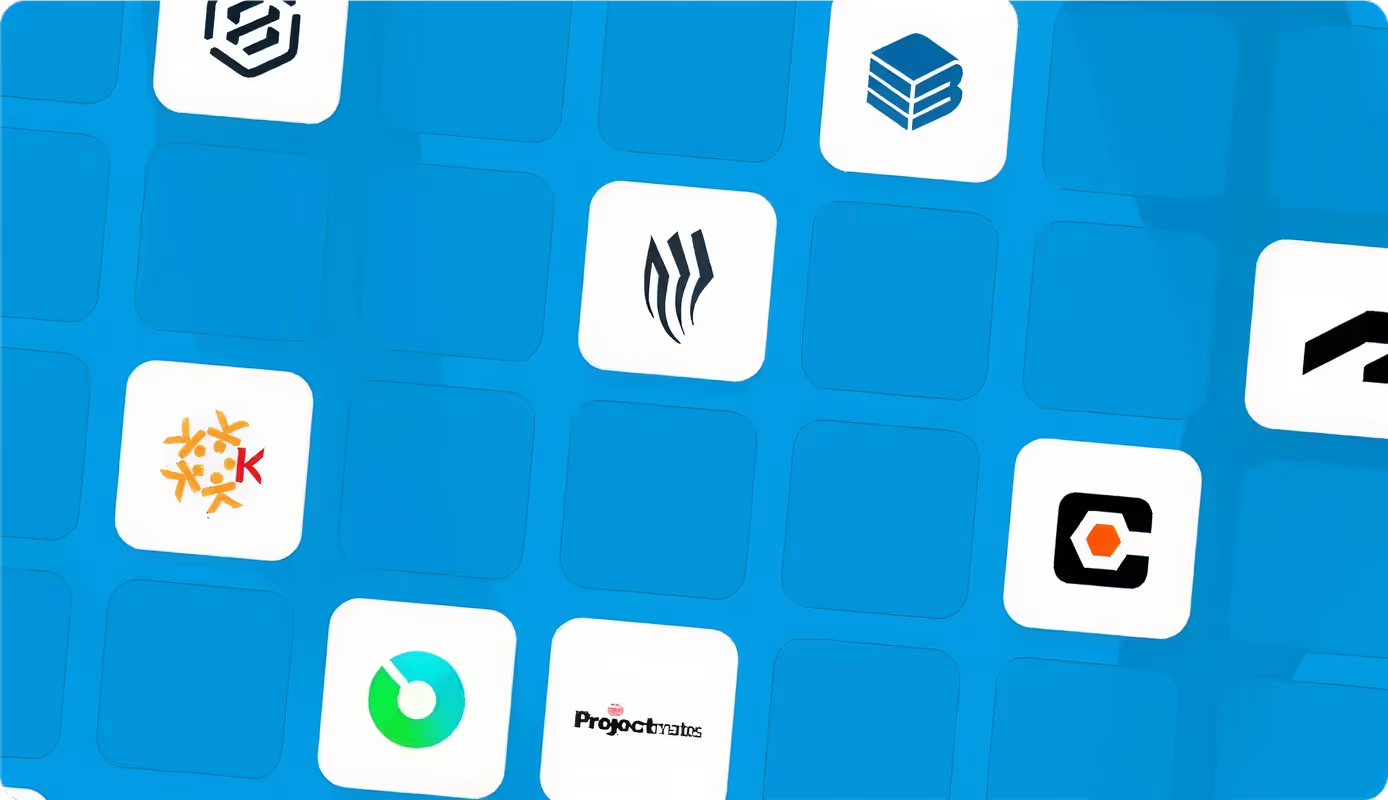Compare the best progress claim software in 2025. Automate claims, speed up approvals, and keep cash flow steady in your construction projects.

Get paid faster and keep projects moving with progress claim software built for construction. These tools take the stress out of claim submission and approval, giving contractors and subcontractors a clear path to on-time payments. Here are the top choices in 2025.
Progress claim software is a digital solution that helps construction professionals efficiently manage and process progress claims. It automates critical tasks such as preparing invoices, tracking claim statuses, and generating detailed documentation for every project.
By using the software, contractors can ensure progress claims are accurate, timely, and fully aligned with construction contracts and payment schedules. This reduces errors, speeds up approvals, and keeps cash flow steady across the project lifecycle.
Construction progress claim software works by automating the full claim cycle in one platform. It connects contracts, variations, and project progress so every claim is accurate and compliant. Instead of chasing spreadsheets and emails, claims are centralised and updated in real time.
The system works through several connected functions that manage claims, including:
This setup gives contractors faster payments and project owners clearer financial control. Errors are caught early through validation checks, while integrations keep budgets and payments in sync. With claims managed digitally, teams save time and maintain stronger oversight of construction costs.
Managing progress claims with software transforms a complex, paperwork-heavy process into a streamlined digital workflow. Here are the advantages that make progress claim software essential in construction projects:
In construction, payment disputes are common, so the reliability of progress claim software is more than a convenience. It serves as a safeguard that protects both contractors and owners from unnecessary project delays.
When evaluating progress claim construction software, focus on features that make payments smoother and projects easier to manage. The best tools include:
Some platforms like Mastt include AI-powered payment review tools that automatically check claims for accuracy and compliance. In Australia, this extends to aligning submissions with Security of Payment requirements, helping teams avoid costly rejections.
The best progress claim software should fit the way you actually manage payments. It needs to streamline claim submission, enforce contract compliance, and keep cash flow predictable across all projects.
Follow these steps to make the right choice:
Step 1: Identify Your Claim Process
Start by listing what your claims involve. If you handle subcontractor claims, you’ll need variation management, retention tracking, and clear payment schedules. Contractors working directly with owners should prioritise approval workflows and compliance checks.
Step 2: Match Features to Project Scale
For small builders, templates and automated calculations may be enough. For large civil or infrastructure projects, you’ll need dashboards for multiple contracts, advanced reporting, and integration with enterprise accounts.
Step 3: Test Ease of Use
Run a sample claim during a trial. If your team can’t create, submit, and approve it in minutes, the software is too complex. Look for clear dashboards and workflows that reflect real project steps.
Step 4: Verify Integrations
Check whether the platform connects with your accounting software, cost tracking tools, and contract management systems. This ensures every approved claim automatically updates accounts payable and budgets.
Step 5: Involve the Right People
Don’t just test in the office. Include finance staff, project managers, and subcontractors. If all parties can complete their tasks without training, the software is practical for daily use.
Step 6: Assess Pricing Against Value
A free plan may work for a single project or a small subcontractor. Larger contractors should choose paid options with compliance validation, reporting, and AI features such as automated payment review to reduce admin time and disputes.
The right software can reduce administrative hours spent on progress claim preparation. Over multiple projects, this efficiency translates into measurable cost savings for contractors and project owners.
As construction projects grow more complex, digital tools are no longer optional. Progress claim software provides accuracy, transparency, and real-time oversight that manual processes can’t match. With AI features emerging, the future of claim management is faster, smarter, and more reliable.
Recommended as the
Top Progress Claim Software in 2025
Web-based, Cloud Integration
4.7/5 (Capterra)
Infrastructure & Public Works, Buildings & Real Estate, Industrial & Energy

Web-based
4.6/5 (Capterra)
Construction, Engineering, Project Management.

Web-based
4.7/5 (Capterra)
Construction, General Contracting, Subcontracting.

Web-based, iOS, Android
No Rating
Construction, Engineering, Professional Services.

Desktop (Windows)
No Rating
Construction and Civil Engineering.

Web-based
4.6/5 (Capterra)
Construction, Engineering, Project Management.

Web-based, iOS, Android
No Rating
Construction, Engineering, Utilities, Manufacturing.

Web-based, iOS, Android
4.5/5 (Capterra)
Construction, Engineering, and Real Estate Development.
